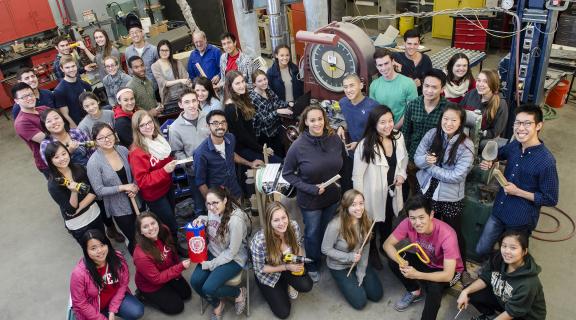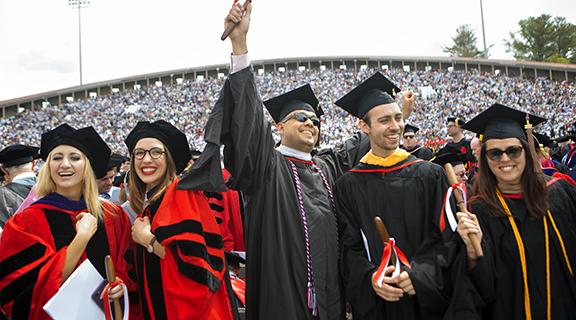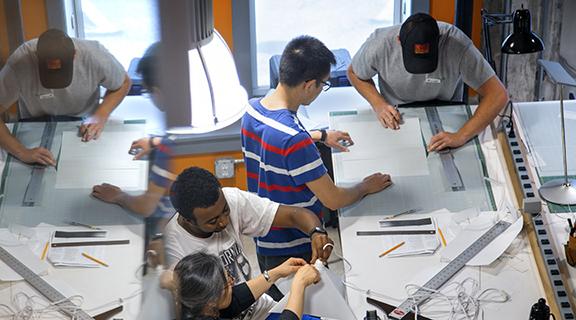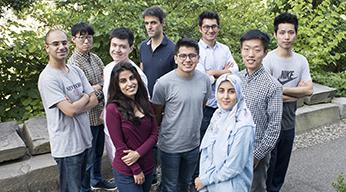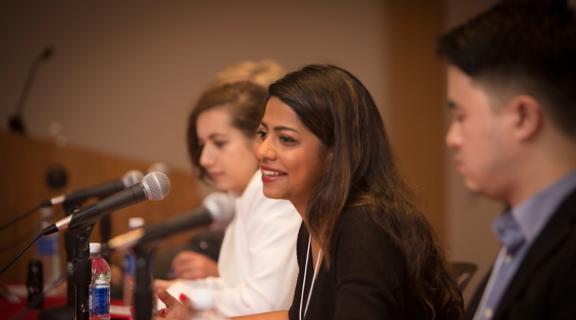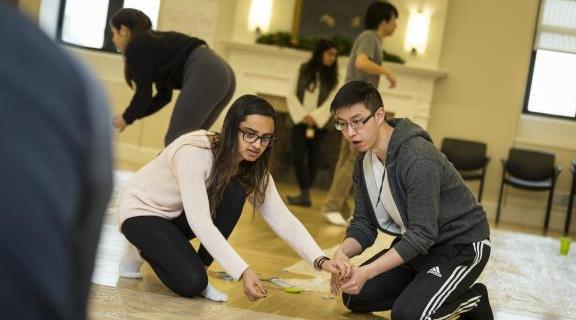
Admissions
Why Cornell Engineering?
"Scientists study the world as it is; engineers create the world that never has been."—Theodore von Karman
Cornell engineers challenge the status quo and do great things. Steeped in an environment of questioning, and with a focus on innovation, Cornell Engineering pursues excellence in all areas. Its faculty, students, and alumni design, build, and test products, improve the world of medicine, inform and shape our laws, create and drive businesses, become research luminaries, and overcome real and perceived barriers to achieve scientific breakthroughs that advance the quality of life on our planet.
We invite you to learn more about Cornell Engineering and its programs.
Did you know?
In 2013, the Cornell University Satellite, a nanosatellite designed and built by students, was launched into space. It used a new algorithm called Carrier-phase Differential GPS (CDGPS) to calibrate global positioning systems to an accuracy of 3 millimeters and allows multiple spacecraft to travel close together.
Dr. Lev Zetlin was responsible for numerous inventions, including pre-stressed concrete for airport runways, and the space-frame roof, which uses light-gauge metal to form grand open-space enclosures with minimal interior supports (used for the first hangars housing jumbo jets). His most well known project is the World's Fair New York State Pavilion, called the Tent of Tomorrow, which still stands today.
Ever heard of "Bill Nye the Science Guy"? He's a 1977 Cornell mechanical engineering graduate who often returns to campus for lectures and special events.
Andy Ruina, professor of mechanics, created the most efficient walking robot ever. It managed to walk more than 40 miles on one battery charge in 2011.
In 1955, Hugh DeHaven, of the Cornell Aeronautical Laboratory invented the three-point seat belt which has saved millions of lives. His research into crash survival pioneered safety studies and helped shaped the modern automobile industry. "...people knew more about protecting eggs in transit than they did about protecting human heads,” he wrote.


